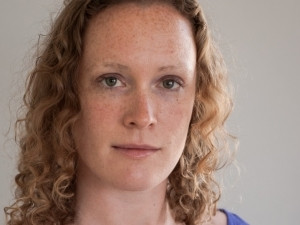
The Wireless Access Providers' Association (WAPA) has endorsed the SA Connect goals of connectivity, but the body says the biggest concern is the speed of implementation.
SA Connect, the country's broadband policy and strategy, was adopted by cabinet in December 2013. Since then, the Department of Telecommunications and Postal Services (formerly the Department of Communications) has connected 788 schools to fast Internet through cyber-labs, and launched the iKamva National e-Skills Institute and the National Broadband Advisory Council.
The department has been consulting within government and the state-owned companies on finalising a connectivity implementation plan.
In an interview with ITWeb following WAPA's release of a draft "Position Paper on Spectrum", Ellie Hagopian, new WAPA chairperson, said SA Connect is a well-written and comprehensive policy.
However, she revealed the biggest concern is the speed of implementation. "Of course, policy must be well-considered but as long as it keeps the strategic priority that it seems to have now; if ICASA is properly resourced; and the policy is not diluted by incumbents trying to protect market share, we have no specific concerns."
SA Connect outlines broad and ambitious goals for connectivity in order to, among other things, promote the competitiveness of the South African economy. Goals include having access of at least 5Mbps for 50% of the population by 2016, and 90% by 2020.
"SA Connect laid out quite ambitious goals, most especially on the side of 50% of consumers to have minimum 5Mbps connection by 2016. The goals are high, and even if they are not achieved, they set a bar to aim for," Hagopian said.
She believes assignment and allocation of spectrum, within the framework of SA Connect and ICASA's strategy, will help meet the goals.
However, she pointed out spectrum policy is only part of what is necessary to help achieve this goal; adding promotion of open access and fair competition are also important and also form part of SA Connect.
"Also, the hardest parts of the country to serve are the rural areas because there are not enough consumers there to support business cases. So a partnership between the Department of Telecommunications and Postal Services policymakers, local government, the IDC and industry will help in those areas."
Jens Langenhorst, WAPA management committee member, says we live in an instant world in comparison to 20 or more years ago.
"There are good processes in place to have spectrum assigned but is it still adequate given the fast pace of deployment that is needed? SA Connect sets the target, hence the urgency."
Meanwhile, the United Nations (UN) Broadband Commission's latest broadband report, notes the policy's four-pronged strategy aims to mobilise the capabilities, resources and energy of its public and private sectors, together with civil society, to connect South Africans. The targets, says the UN, are ambitious but achievable.
Share